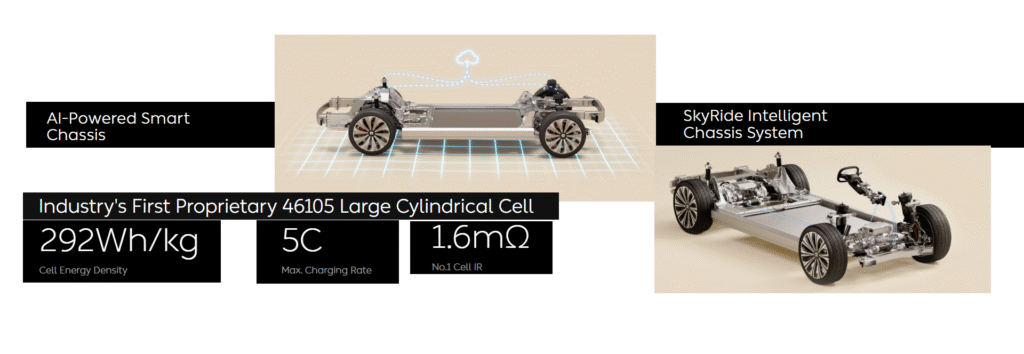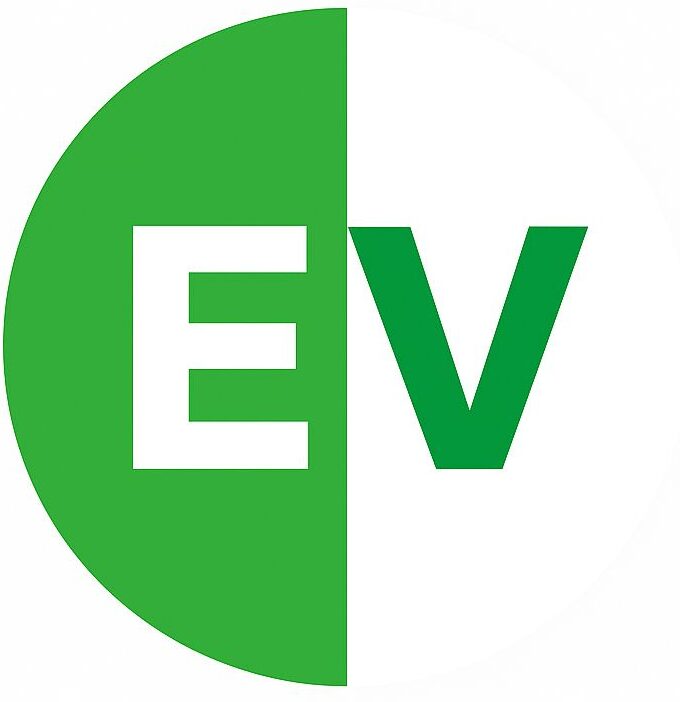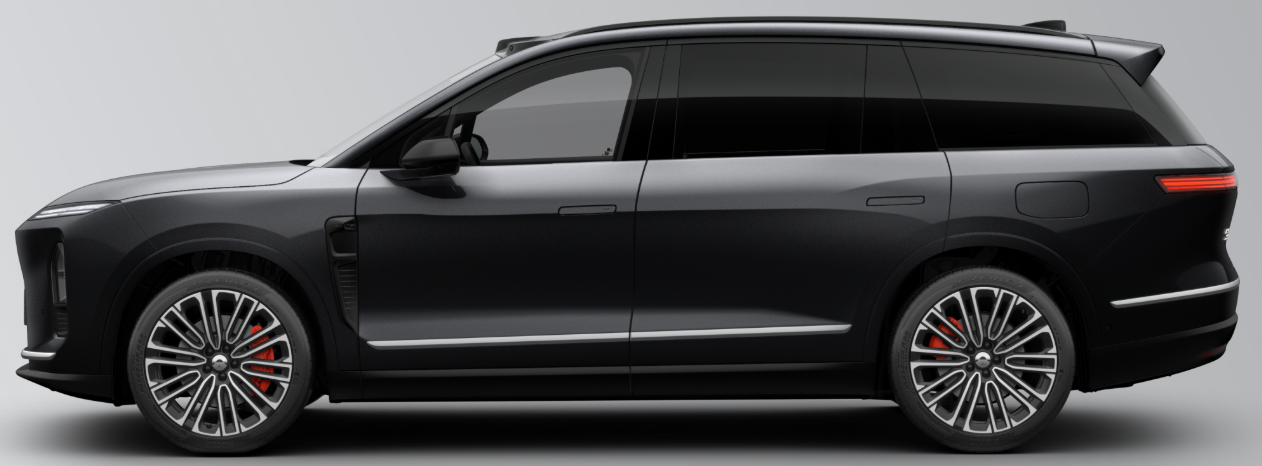
The global electric vehicle market has always thrived on ambition. From Tesla’s bold Giga factory dreams to BYD’s relentless push into every EV segment the industry is driven by daring targets that once seemed unthinkable. Now, another chapter is unfolding this time led by China’s NIO a company that is no stranger to risk, reinvention and visionary leaps.
In August 2025, NIO reported deliveries of more than 31,000 vehicles across its three brands NIO, Onvo and Firefly. That number, on its own was a milestone. But what stunned both analysts and competitors was the announcement that by the final quarter of 2025, the company expects to deliver nearly 150,000 vehicles in just three months. That translates to roughly 50,000 cars every single month.

This goal would effectively double NIO’s current monthly run-rate in less than half a year. The number is not a whisper or rumor, it was laid out clearly during NIO’s Q2 2025 earnings call and delivery guidance. It is in every sense a moon shot. And like every moon shot in the EV world, it raises one essential question is this ambition grounded in reality or is it a calculated gamble designed to energize investors, customers and an entire industry?
The Momentum Behind the Announcement

NIO’s August figures highlight where the growth is really coming from. The premium NIO brand once the company’s crown jewel delivered just over 10,000 vehicles. Respectable, but not record-shattering Instead the surge came from Onvo, the family-oriented sub-brand which crossed 16,000 deliveries in a single month a 175% year-over-year leap. Meanwhile, Firefly the smaller more affordable line aimed at younger and first-time EV buyers added over 4,000 units nearly doubling its performance from last year.
This diversification is no accident. NIO has long understood that a single premium brand cannot conquer the mass EV market. By carving out a tiered approach premium (NIO) family SUVs (Onvo) and entry-level (Firefly) the company is positioning itself to compete with BYD’s breadth, Tesla’s mid-market appeal and XPeng’s tech-driven innovation. The August results showed that this strategy is beginning to pay off setting the stage for the Q4 target.
A Global Race with Fierce Rivals

To grasp the magnitude of NIO’s ambition, we need to place it in the broader EV race. BYD remains the undisputed giant selling nearly 200,000 battery-electric vehicles in a single month and moving past 1.4 million units this year alone. Tesla, once the undisputed pace-setter has begun to lose ground especially in China where its deliveries slipped by around 5% in August. XPeng and Xiaomi both younger challengers are climbing rapidly .XPeng recently posted more than 37,000 monthly deliveries up 169% from the previous year.
Price wars in China have squeezed profitability across the board. BYD’s per-vehicle profit has dropped from around $1,200 to $700. Tesla has responded with price cuts that have forced everyone else into defensive strategies. NIO, too is operating on thin margins hovering near 10%. To achieve profitability while scaling to 50,000 deliveries a month, it must execute flawlessly not just in production, but in cost control, supply chain resilience and consumer confidence.
The Road to 50,000: Capacity and Calculations

The numbers are bold but not plucked from thin air. NIO’s roadmap lays out clear production targets for Q4 2025. The Onvo L90 alone is expected to reach a capacity of 25,000 units per month. Flagship NIO models including the ES8 could contribute another 25,000. Firefly, still scaling is targeted to produce around 6,000 units monthly. That gives NIO a combined potential output of more than 56,000 units a buffer above the official 50,000 goal.
Alongside production financial strategy plays a key role. Management has guided for group gross margins of 16–17% by Q4 with high-end models pushing toward 20%. Selling, general and administrative expenses are being capped at less than 10% of revenue and research spending is being kept stable at roughly RMB 2 billion per quarter. If these metrics hold the company not only achieves record deliveries but could also edge closer to breakeven something investors have been waiting to see for years.
Why This Matters Beyond China

For readers in India and other emerging EV markets, the story carries implications that go far beyond NIO’s balance sheet. The most significant is the multi-brand strategy. NIO’s ability to tailor premium, family and entry-level vehicles under different names offers a blueprint for how automakers in developing regions might tackle a segmented market.
India, for instance is struggling with a mismatch between premium aspirations and price-sensitive realities. Tata Motors, Mahindra and newcomers like Ola Electric could study how NIO has structured its portfolio to appeal across income brackets without diluting the core brand. Firefly’s push into affordable compact EVs, combined with battery-swapping infrastructure is particularly relevant for Indian cities where charging networks are still patchy.
Another takeaway is the scale of ambition. While Indian OEMs often talk in terms of tens of thousands of units per year NIO is talking about tens of thousands per month. Such scale not only drives costs down but also reshapes consumer perception: EVs stop being niche products and become mainstream options.
The Risks That Could Derail the Dream

Of course, targets are easy to announce but harder to deliver. The road to 50,000 monthly deliveries in Q4 2025 is fraught with risks. Supply chain disruptions especially in battery components could slow production. Firefly’s youthful line while promising has not yet proven it can sustain high-volume output without hiccups. The pressure to maintain margins amid relentless price wars could force NIO into compromises that dent profitability. And finally, global macro factors such as energy prices, tariffs or geopolitical tensions could undercut the demand curve.
NIO has, in the past revised ambitious targets when market conditions turned against it. Earlier in 2025, the company had hinted at 25,000 monthly deliveries for the NIO brand alone in Q4 only to fold that goal into a groupwide 150,000 quarterly target that included Onvo and Firefly. Flexibility is commendable but it also signals uncertainty.
Ambition or Reality?
The production capacity seems to exist. Demand at least for Onvo and NIO’s high-end SUVs appears strong. Firefly, while unproven has potential. The challenge lies in timing. Scaling from just over 30,000 units in August to 50,000 per month by October or November is like asking a sprinter to transform into a marathon runner mid-race.
Yet in the EV world this kind of transformation is precisely what separates leaders from laggards. Tesla’s early success was built on daring production ramps. BYD’s dominance comes from relentless scale. If NIO manages to cross this threshold, it won’t just meet a target it will cement itself as a serious global contender in the EV race.
A Signal to the World
NIO’s Q4 2025 target is more than a number. It is a signal to the market that the company intends to step out of Tesla’s shadow, challenge BYD’s dominance and stake its claim as a long-term leader. For competitors in China, the United States and India it is a wake-up call. The EV industry is no longer about who can build the most futuristic car. It is about who can build, deliver and profit from EVs at scale.

At EVCarBazaar, we view this moment as a turning point. If NIO succeeds the definition of “ambition” in the EV sector will be rewritten. If it falls short the lesson will still be powerful bold goals carry risks but they also drive progress. Either way, the global EV story in 2025 has just become a lot more compelling and the race has never been closer.

